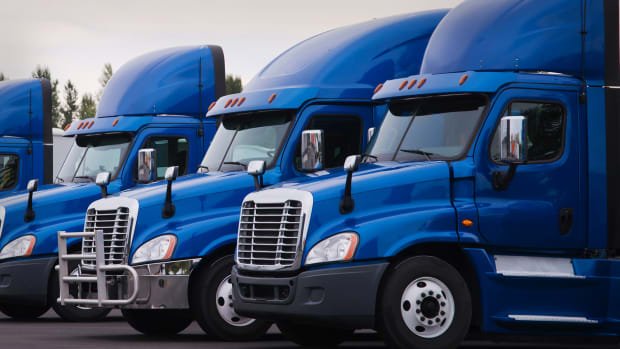By Eva Richardson | The Logistic News
April 10, 2025
In a troubling sign for the North American freight economy, a new string of bankruptcies has rippled across the U.S. trucking and logistics sector, deepening concerns over the industry’s long-term financial stability. On Monday, three freight companies—C & C Freight Network, Best Choice Trucking, and Best Logistics Inc.—filed for Chapter 11 bankruptcy, marking yet another chapter in what experts are now calling a systemic downturn.
These latest filings are far from isolated. Over the past 18 months, the freight landscape has been punctuated by closures, layoffs, and restructurings, many of which involve long-standing operators unable to adapt to volatile fuel costs, shrinking freight demand, and rising insurance premiums.
A Pattern of Collapse
The trend isn’t limited to small, regional carriers. California-based Kal Freight Inc., once considered a resilient player, filed for Chapter 11 protection four months ago. The company cited the need to “restructure while ensuring fleet stability and customer service continuity.” While operations remain active, its financial woes reflect the broader malaise.
According to data compiled from federal filings and industry analysts, over 60 trucking firms have ceased operations or entered bankruptcy proceedings since early 2022, collectively impacting thousands of drivers, logistics coordinators, and warehouse workers across the country.
Economic Headwinds
“The problem is structural,” said Logan Hunter, a logistics economist at the Freight Policy Institute. “We’re seeing an industry saturated with capacity post-COVID, but lacking the demand to justify it. Many firms relied on pandemic-era freight rates and didn’t pivot fast enough once the market normalized.”
Inflationary pressure and persistently high interest rates have compounded the burden, as companies struggle to refinance loans or secure working capital. Compounding the issue, freight brokerages and 3PLs are squeezing margins in a fiercely competitive environment, pushing smaller carriers to the brink.
Supply Chain Shockwaves
The effects are already visible down the supply chain. Retailers and manufacturers are reporting delays in domestic distribution, especially in underserved rural corridors where bankrupt carriers had previously operated. Several logistics hubs in the Midwest have seen reduced activity, raising concerns about capacity shortages heading into the summer season.
Moreover, the sudden Chapter 7 bankruptcy of U.S. Logistics Solutions last year, after its lender pulled funding, underscores the fragility even among companies with longstanding market presence.
What’s Next?
Some analysts expect a wave of consolidation in the months ahead. “There’s a shakeout coming,” said Maria Cortez, managing director at TMS Capital Advisors. “The companies that survive will be those that invested early in automation, diversified revenue streams, and avoided overleveraging during the boom years.”
Meanwhile, drivers face growing uncertainty. Many owner-operators are left stranded with unpaid invoices and unreturned equipment, while former employees of shuttered firms are scrambling to find work in a sector rapidly shifting toward larger, tech-driven logistics providers.
A Call for Policy Reform?
Industry groups are calling for a reassessment of transportation policy and financial oversight. Some suggest that more stringent vetting of trucking startups and expanded support for small carriers could stem the tide. Others advocate for a national stabilization fund to buffer the sector during economic contractions.
As the dust settles, one thing is clear: the U.S. freight industry is undergoing a profound transformation—one that may permanently reshape the way goods move across the continent.
Eva Richardson is a senior logistics correspondent at The Logistic News, specializing in freight trends, supply chain policy, and economic risk in the global transportation sector.























